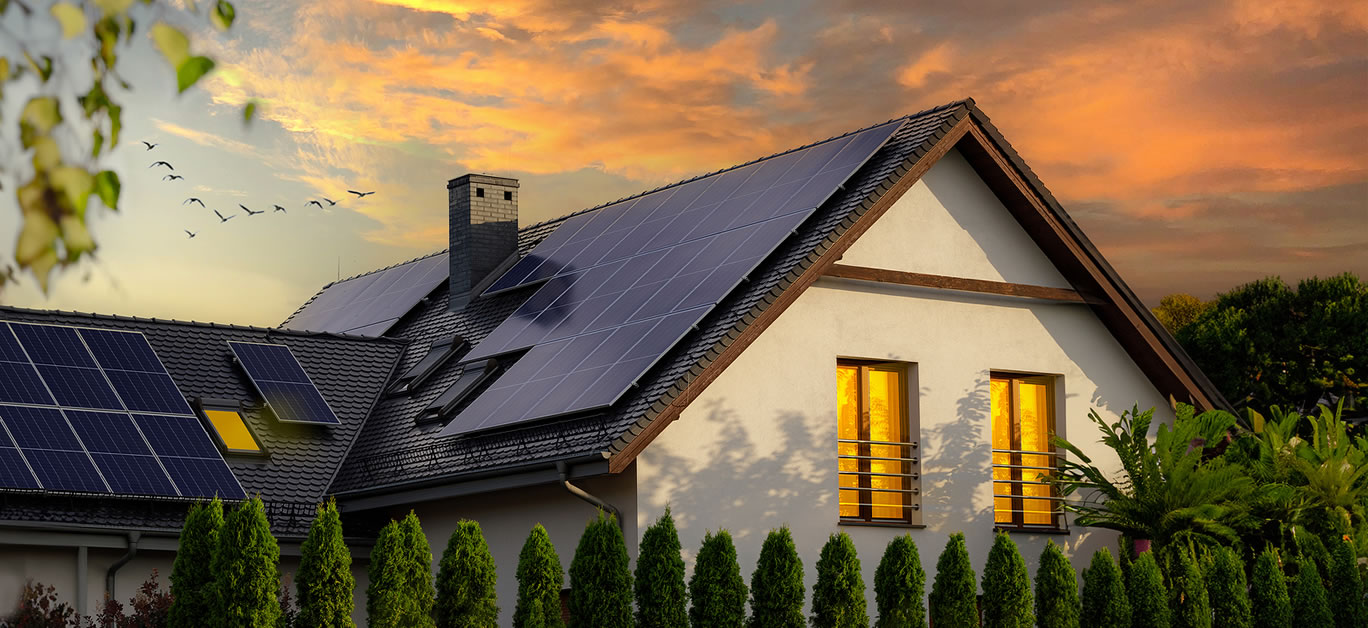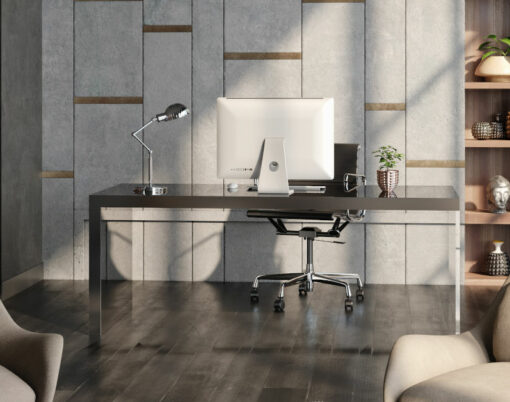Once upon a time, owning a luxury home meant having plenty of space, beautiful interiors and a selection of standout features, such as a home gym or indoor heated swimming pool. But in 2023, the concept of luxury property has evolved to encompass sustainability, too, with the modern and more discerning high-end homeowner prioritising energy efficiency and eco-friendly materials more than ever before.
The ongoing climate crisis, combined with a growing public awareness of how our individual choices can impact the planet we live on, has seen a dramatic surge in the number of people seeking greener properties.
Currently, the UK’s government is on a drive to reach net zero by 2050, and over 50 per cent of the UK’s electricity is now zero carbon. In 2020, 43 per cent of Britain’s energy came from sustainable sources, which is a dramatic improvement – but it’s clear that there’s still a long way to go to reach these ambitious goals.
Property developers and individual buyers and homeowners alike are now on a mission to find a way to balance style and luxury with a greener way of living, without having to compromise on any of them.
Solar panels have been seen as a solution to provide homes with more sustainable energy for some while now, but the conundrum they have presented historically is that some homeowners have deemed them to be aesthetically unappealing. In fact some are even concerned that solar panels could lower the value of their home or detract from its overall attractiveness to future buyers.
Nevertheless, with so many benefits to both the environment and household bills, finding a way to make solar panels more appealing has been an ongoing journey, and today, it’s now entirely possible to enjoy the pros without the typical cons. We asked the experts at the Solar Panels Network to shed some more light on solar photovoltaic (PV) installation in luxury homes.
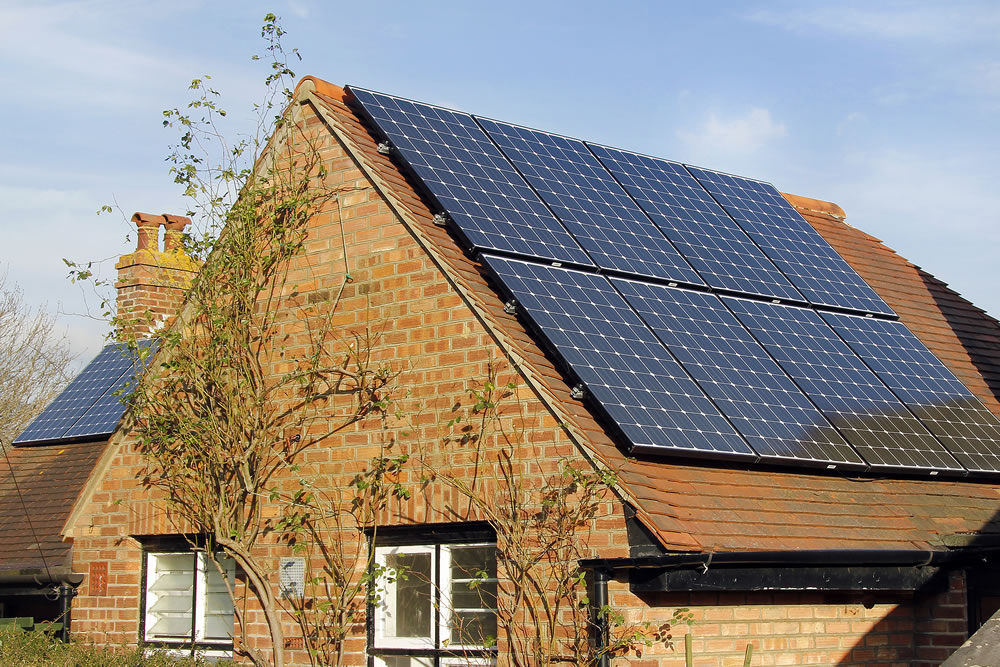
Incorporating solar power into a luxury home
Aside from the aesthetics, other concerns surrounding solar energy usually relate to the investment cost and the return on investment (ROI). Typically, an efficient solar panel system should recoup its investment after six to ten years, depending on the number of panels involved.
Different types of photovoltaic panels cost more or less than others, so this is just a ballpark figure. But all solar panel systems repay the initial investment at some point, making them a worthwhile long-term investment in more ways than one.
Types of solar panels today include:
- Monocrystalline panels
- Polycrystalline panels
- Solar shingles and slates
- BIPVs
- Mounted panels
- Solar canopies
Some of these solar panel types and the way they are installed may appeal to some more than others, so it’s wise to get to grips with their characteristics in order to choose your perfect match.
Solar panel types and installation methods, explained
Here is a quick look at the types of solar panels available, as well as how and where they can be installed.
Monocrystalline and polycrystalline panels
Polycrystalline panels are the most commonly used in solar installations, and are thus the first type of panels that you may think of when considering installing solar energy for your luxury home.
Monocrystalline panels are widely thought to be the most aesthetically pleasing. They are black, and made from a single panel of pure carbon – are also very efficient in terms of energy.
Solar roofing panels
There are options for incorporating solar panels directly into the roof. Solar shingles and slates can be used to create a roof that is more attractive than standard PV panels.
Solar roofing slates are made to look just like standard tiles, and come in a range of colours. They’re a discreet and durable choice that promise to provide your home with access to solar power without negatively impacting on the aesthetics of your beautiful property.
BIPVs – building integrated photovoltaics
Another entry you’ll find in a glossary of solar terms is building-integrated photovoltaics (BIPVs). On new builds, designers are incorporating this type of solar panel directly into buildings’ designs, providing homeowners with one of the most modern ways to gain access to solar energy and installing it with visual impact in mind.
BIPV panels may be incorporated into balconies and parapets and be far less noticeable, making them a great solution if you’ve always been put off by the way more traditional and common roof solar panels look.
Other options for solar panels
Mounted panels can be placed onto roof gardens, where they will be less obvious – and solar canopies are a practical way to introduce sustainable energy without installing panels on the actual home.
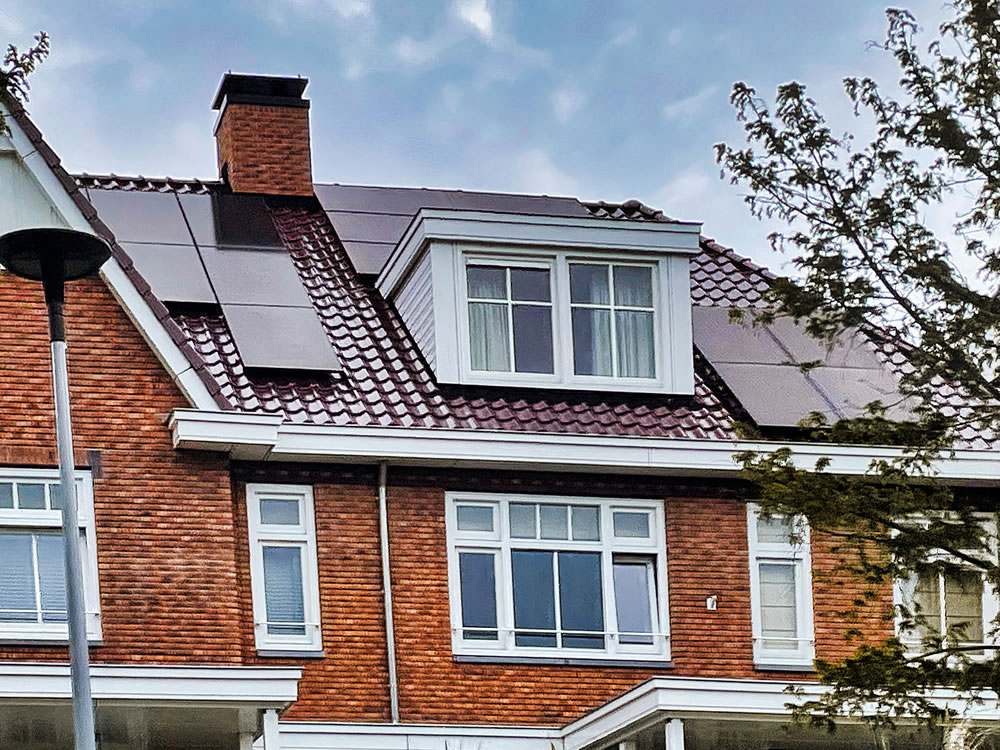
The best choice for luxury homes
BIPVs are the best way to install solar panels into new homes without any perceived negative impact to its visual appeal. When new luxury homes are built, designers can plan how to position BIPVs to bring function and add to the overall appearance, and of course, improve the overall sustainability of the home.
For existing homes, solar roofing options may be the best choice. Discreet solar slates that won’t be visible work well and will still supply green energy and power your prized abode efficiently.
What other areas of sustainable energy may be used in a luxury home?
If having solar panels installed still doesn’t appeal then the good news is that you can still take advantage of a more sustainable source of energy by switching to a green supplier.
New homes may come with solar panels installed as standard one day, but we’re not quite there yet – and there are still many older and more traditional period properties that are considered high-end and come with high price tags, which are often favoured by the luxury buyers, which means novel solutions that can be integrated seamlessly will continue to be important.
But solar energy isn’t the only way you can adapt your home to make it more eco-friendly. Here are some other simple ways you can start to create a more sustainable living environment now.
Energy management systems
Smart devices are being used already in homes to help manage energy usage. These devices monitor temperatures and adjust energy levels accordingly to reduce wastage, as well as analysing your habits and making recommendations to help reduce your overall energy consumption.
Today, it couldn’t be easier to start living a greener lifestyle without compromising luxury, and even lavish features like swimming pools can be controlled through smart energy management systems such as this. And best of all, it can all be done from a smartphone app in just a few taps of your touch screen from wherever you are, making it the handiest way to oversee and control your energy usage yet.
Geothermal heating and cooling
Taking energy directly from the ground, as opposed to the sun, is another sustainable way to heat and cool a home. Geothermal energy is an excellent way for a luxury home to reduce its carbon footprint without the need for solar panel installation, and is favoured by many affluent homeowners as a more discreet solution.
Water conservation with smart irrigation systems
Luxury homes tend to have fairly large gardens, which means watering them regularly can be expensive, as well as creating considerable waste. Water is a valuable commodity that is wasted daily through leaks and careless use, but a smart irrigation system is an excellent solution.
In England and Wales, 2.9 billion litres are lost every day from leaking pipes, but this type of system will deliver water exactly where it’s needed without excess, using only the amount that is required and doing so more efficiently overall.
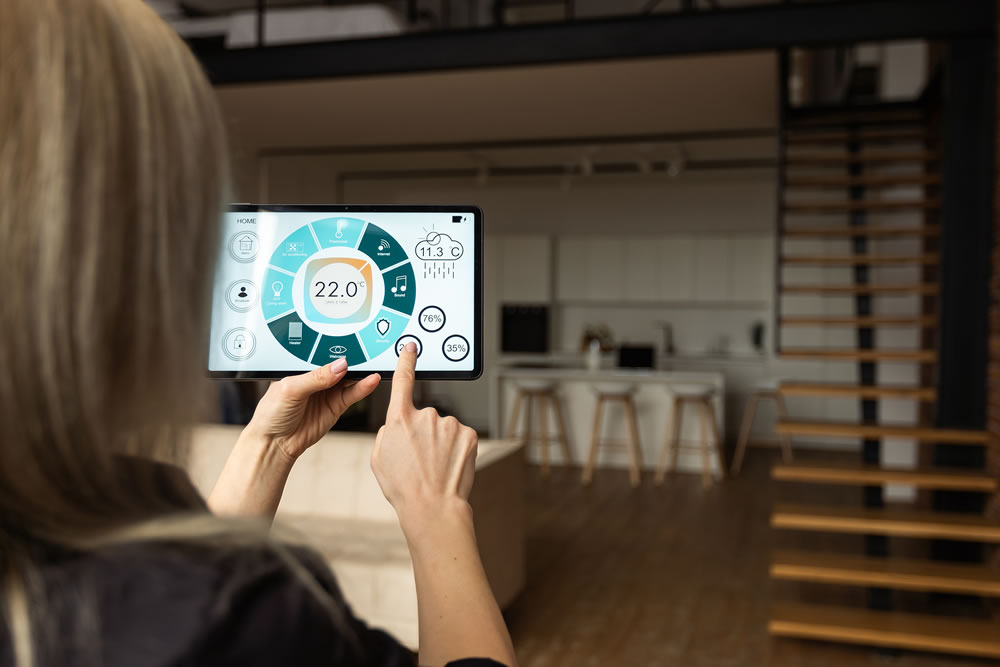
Smart home automation
Apart from energy management systems, smart devices can be used to automate a number of areas. Ambient lighting can be made energy efficient through the use of LEDs, and along with smart home devices, can adjust the level of lighting as the evening progresses to optimise energy use.
Sustainable building materials
If you’re planning on building a new home from the ground up, then there are a whole world of possibilities available to you, and many of them can be integrated so seamlessly into your property that you won’t even notice they are there. There are a number of green construction practices to aid in building luxury homes sustainably.
Long-lasting and recyclable materials, as well as careful planning, can also make it possible to enjoy the use of solar power without the need to have panels installed. Solar walls will passively heat a home without using any electricity.
Will the use of solar and other sustainable practices harm the value of your home?
In 2023, energy efficiency is one of the biggest considerations of the luxury home buyer. Solar panels on a home send a signal to buyers that there are no electricity bills to pay, which has an obvious appeal – but, even when money isn’t a concern, the prospect of a home that is already powered by environmentally friendly energy is appealing.
Installing smart irrigation and energy management systems will not detract from the value of your home, nor will they affect the style you have worked hard to make. In fact, the truth is quite the opposite.
The bottom line
With advances in solar energy, installations no longer have to be obtrusive. Modern designs incorporate solar panels into the architecture instead of just placing them on roofs if it’s something you’d rather avoid – so if you’ve been toying with the idea for a while but are worried about the visual impact, then there’s a solution that will allow you to enjoy the best of both worlds.












